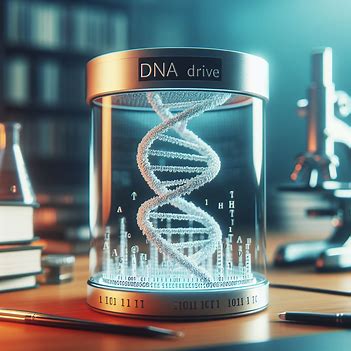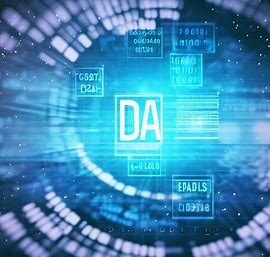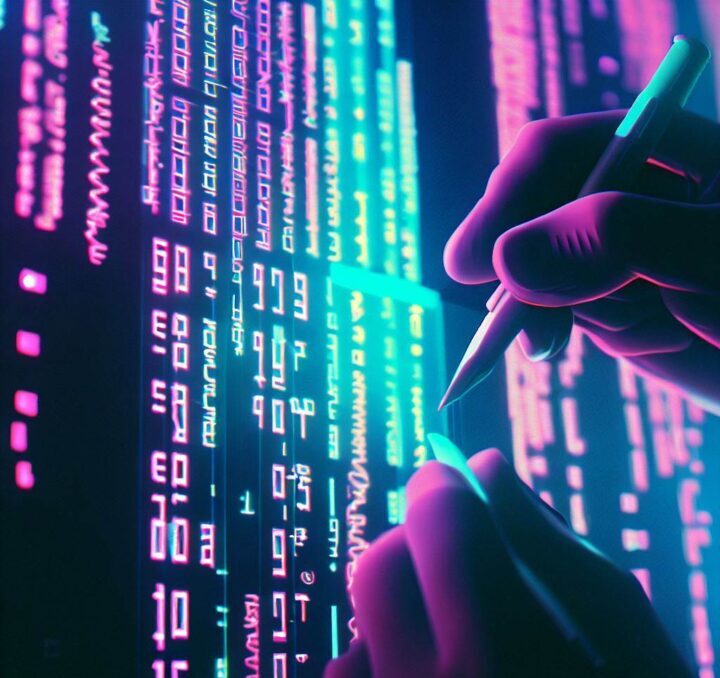Over time, the way we store information has improved a lot. We’ve gone from CDs and floppy disks to hard drives and solid-state drives. But there’s a new issue: the storage we have isn’t enough for all the data we create.
Table of Contents
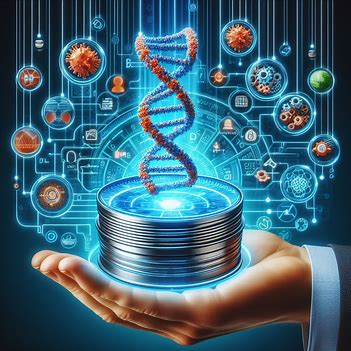
What Is DNA Data Storage?
- DNA data storage uses DNA molecules to store information.
- Unlike current storage methods, DNA data isn’t stored as binary digits (1s and 0s) but encoded into DNA bases (A, C, G, T).
- When needed, these DNA strands can be converted back into binary digits.
- The world currently has over 11 trillion gigabytes of data, with at least 2.5 million gigabytes added daily.
- Existing storage methods struggle to keep up with this rapid data growth.
- DNA storage presents a solution to this storage challenge.

How Does DNA Data Storage Work?
DNA data storage involves writing and reading data on synthetic DNA molecules, replicating how DNA naturally stores genetic information in cells. Currently, a chemical process is used to embed data into DNA.
- While digital data is in binary code with 0s and 1s, DNA has four base pairs: A, G, C, and T, allowing for more data to be stored in a smaller space.
- The stored data can later be retrieved, sequenced, and decoded.
- Binary code can be converted to genetic code as follows: 00 corresponds to A, 01 to G, 10 to C, and 11 to T.
DNA storage doesn’t have the typical overhead costs associated with traditional data storage methods like in data centers, which demand substantial energy. Conversely, DNA storage requires only tiny amounts of energy and eliminates concerns about mechanical failure.
What Is the Storage Capacity of DNA Data Storage?
- DNA data storage is favored as a solution to the storage shortage issue due to its ability to store vast amounts of data in a minimal space.
- Just one gram of DNA can hold around 215 petabytes of data, which is approximately 220,160 terabytes. (Note: A petabyte equals 1,024 terabytes.)
- To put this into perspective, a one-terabyte hard disk drive typically weighs about 400 grams.
- So, to match the data capacity of one gram of DNA, you’d need over 88 million grams of hard drives.

Benefits of DNA Data Storage
Employing DNA storage as a medium offers numerous advantages over digital storage. These include:
Storage Density
One of the most significant advantages of DNA storage compared to other mediums is its remarkable storage density. While traditional data storage methods often rely on remote servers or data centers, these facilities can be massive, sometimes as large as football stadiums, and come with hefty construction and maintenance costs running into billions of dollars. In contrast, DNA data storage offers a compelling alternative. It allows for the storage of enormous amounts of data within an incredibly compact space. This capability effectively mitigates issues associated with space constraints, maintenance expenses, and shortages of storage equipment.
DNA: Easy to Understand
Advancements in DNA sequencing persist, making the process of reading DNA data more affordable and simpler. DNA storage differs from other data storage methods in that it’s already in its final form. While computers and technology can become outdated, DNA holds the promise of enduring for billions of years. The nucleotide code of DNA provides a compatible interface with computers, using base pairs to represent letters, symbols, and digits. Successful experiments in DNA Data Storage often involve transcribing entire books or encoding musical notes for playback. The ease of reading data stored in DNA underscores the significance of DNA data storage.
Replicability
Due to data degradation, information stored in data centers must be regularly copied and transferred to new hardware to maintain its integrity. This process often proves cumbersome. In contrast, data stored in DNA can be effortlessly replicated. Scientists have explored a method where they insert DNA containing stored information into a bacterium. The bacterium then autonomously reproduces subsequent generations, each retaining the same information as the initial DNA, without any errors or loss.
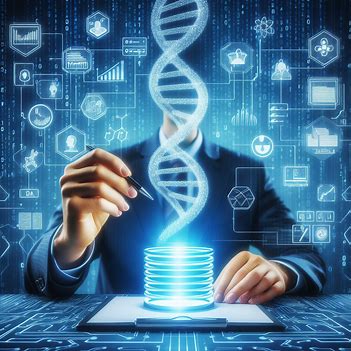
Could DNA data storage be the upcoming standard in storage solutions?
Absolutely, DNA data storage does indeed address many of the challenges we face with storage today. It’s already being utilized by companies seeking to preserve vast archives of data that aren’t frequently accessed.
DNA data storage holds immense potential as a future storage solution due to its ability to store vast amounts of data in a compact and durable format. However, several challenges such as cost, scalability, and accessibility need to be addressed before it becomes a widespread storage option. While it may not entirely replace existing storage technologies, DNA data storage is likely to play a significant role, particularly in long-term archival storage where durability and data density are paramount. As research and development in this field progress, DNA data storage could indeed shape the future of storage technology.

